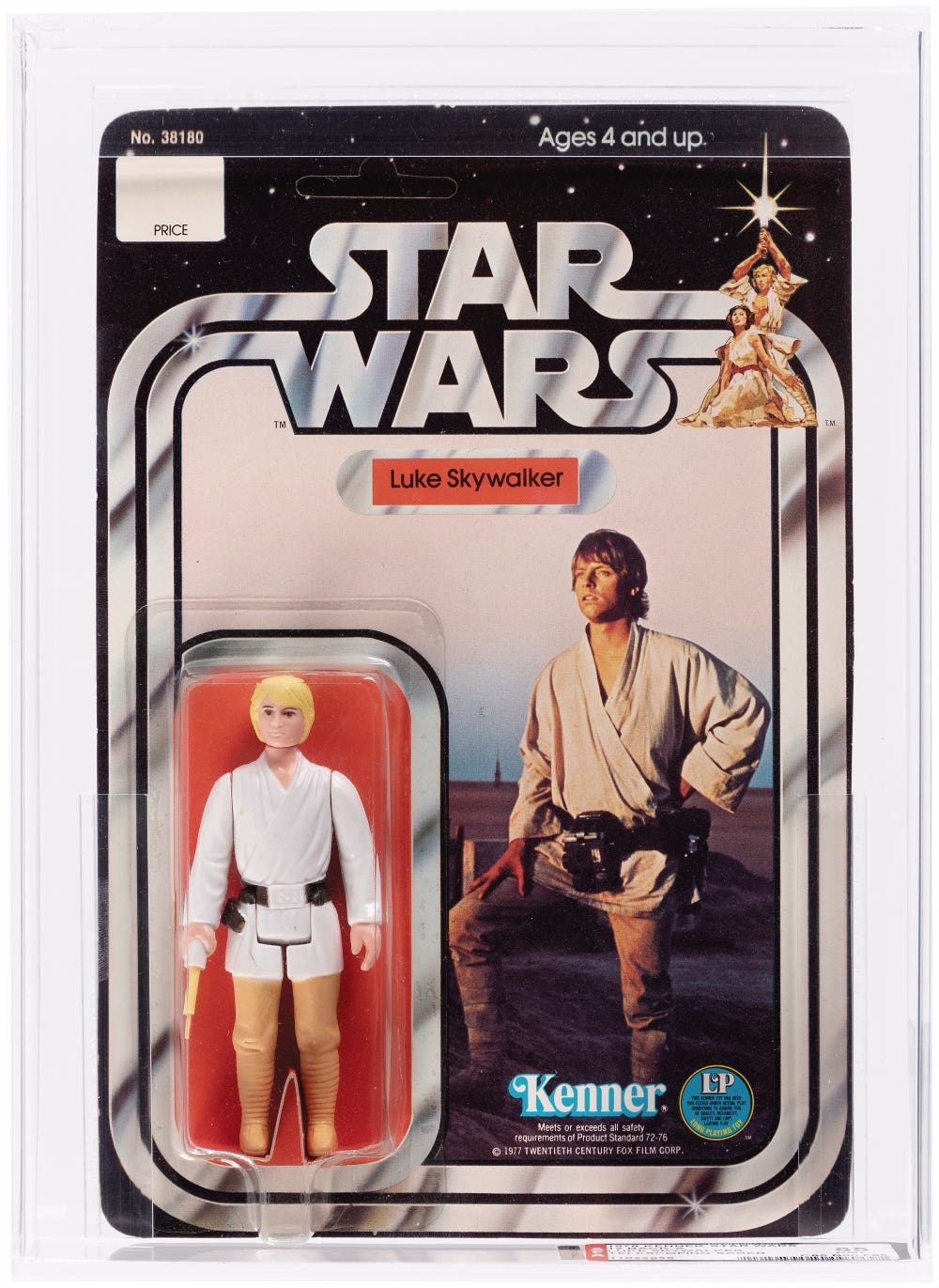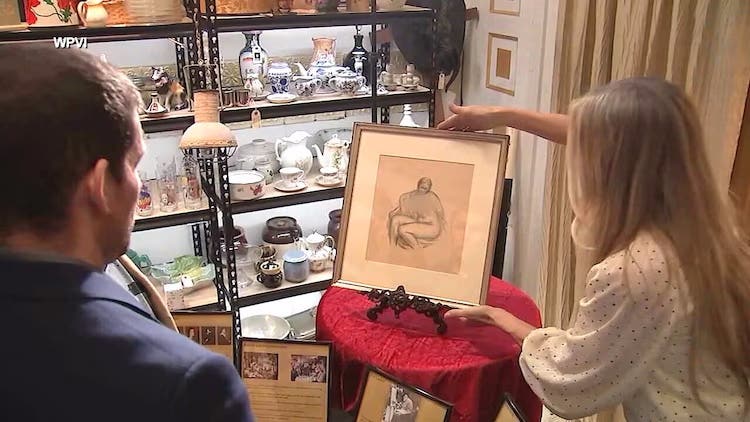Art + Math = Charles Csuri
Warning: Trying to understand the how-to equations of pioneering computer artist Charles Csuri will make your head hurt. But for Csuri, it all adds up to something special as art and math collide.
It’s never too late to say you’re sorry. So here goes.
Mr. Justen, the whole freshman Algebra thing? It wasn’t you. It was me.
Mrs. Retzner, gosh, Geometry. Um, the Pythagorean theorem. That was sort of cool. The rest? I should have probably paid more attention.
And Mr. Siewert. Yeah, well, Advanced Algebra. Huh. A bit optimistic, wasn’t I? Everyone said it would help me in college. It didn’t. I had no real chance of anything but a mercy “C” from you. Thanks. Let’s just chalk that one up to senioritis and move on, shall we?
Truth is, as the great pop culture icon Teen Talk Barbie pointed out in 1992, “Math class is tough.”
It sure was for me, Babs.
I was reminded of that – and my many failings with my former high school math teachers – when talking with Melanie Hartman, the Director of Catalog & Specialty Auctions at Cordier Auctions & Appraisals in Harrisburg, Pennsylvania, about their Spring Fine and Decorative Arts Auction May 22.
Hartman is great. Cheery. Helpful. Smart. And sneaky. Under the guise of friendly, she dragged me into the deep waters of trigonometry disguised as art and left me flailing, in desperate need of a mathematics lifeguard.
The cause of my panic? Her auction features a black-ink-on-paper print by pioneering computer artist Charles A. Csuri, “Sine Curve Man.” Hartman calls it “intriguing.” And if by intriguing she means “it’ll make your head hurt when you hear how he created it,” then Hartman is spot on.
Long before there was Pixar’s Buzz Lightyear, there was Charles A. Csuri, who in 1964 helped start the field of computer graphics, art and animation. His drawing of a bearded man was hailed a wonder when he altered it to create an oscillating portrait known as “Sine Curve Man.”
I have to stop here. In an effort to keep my head from exploding, let’s have the good folks at the Charles A. Csuri Project at The Ohio State University describe the process.
To obtain the oscillating effect, “Csuri kept the x value constant and then placed a sine curve function upon the Y value. Given the x and Y coordinates for each point, the figure was plotted by the computer from xï = x Yï + Cx SIN (x) where C is increased for each successive image.”
The results?
“Csuri’s abstraction of the face suggests parallels with early Cubist movements and manages, without having the advantage of color, to invoke some of the emotive qualities of Expressionism.”
I have been assured that this is not mathematical gobbledygook and that the good folks at The Ohio State University are much too serious to mess with us by making up equations and stuff. Even so, I feel like it’s Advanced Algebra all over again and Mr. Siewert has just sprung a pop quiz on me.
Csuri, who turns 99 in July, is one of those rare people in life who understands art, science and is an accomplished athlete – he was captain of Ohio State’s first national championship football team in 1942.
And if that wasn’t enough, during World War II, Csuri received the Bronze Star for heroism in the Battle of the Bulge as a member of the U.S. Army.
After the war, he joined the faculty of the Department of Art at Ohio State. In 1978, he became a Professor of Art Education and in 1986 a Professor of Computer Information Science. He is professor emeritus at the Ohio State Advanced Computing Center for Art and Design, which he founded.
“I see technology as a means to create art objects,” Csuri says of his work, “And while I’m intellectually curious about commercial applications, it is art that I seek.”
And about that art?
“I try to play at the edge of reason and absurdity,” he says.
Exactly how I felt in high school math, Professor. Absurd. It seems, unlike your computer, I wasn’t wired for it. Even so, it’s exciting to consider the offspring from the marriage of math and art.
So for all the wonderful math teachers of the world, I encourage you, go forth and multiply.
Paul Kennedy is Editorial Director of the Collectibles Group at AIM Media. He enjoys Mid-century design, photography, vintage movie posters and people with a good story to share. Kennedy has more than twenty-five years of experience in the antiques and collectibles field, including book publishing. Reach him at PKennedy@aimmedia.com.








